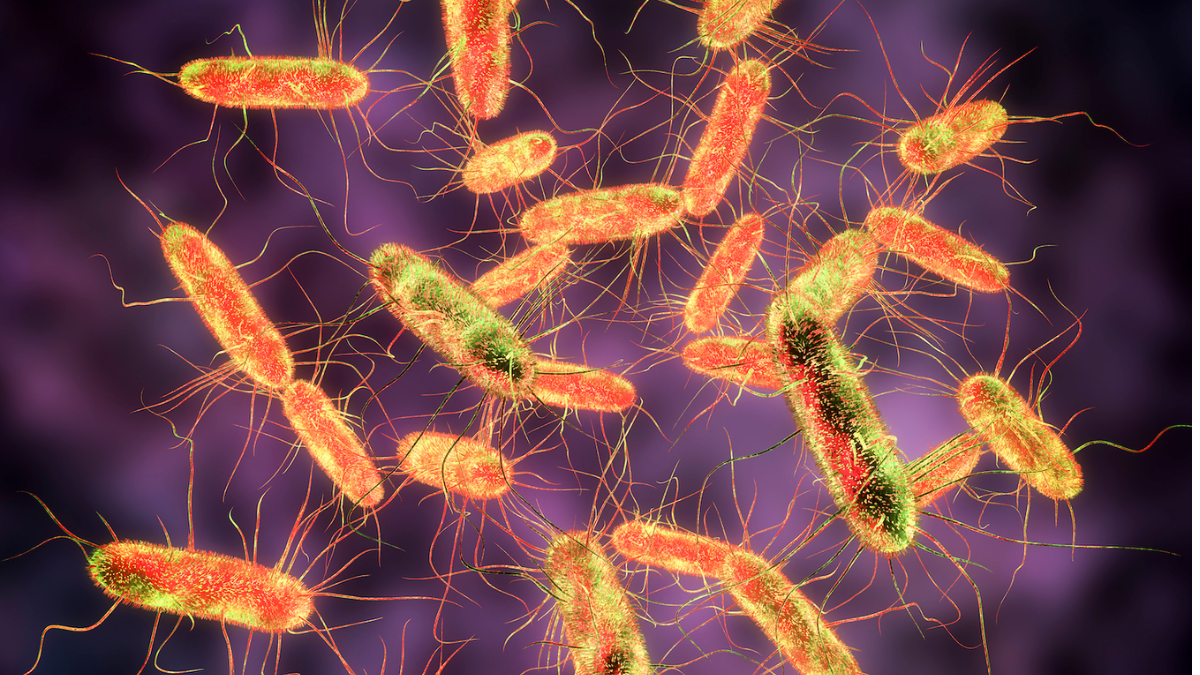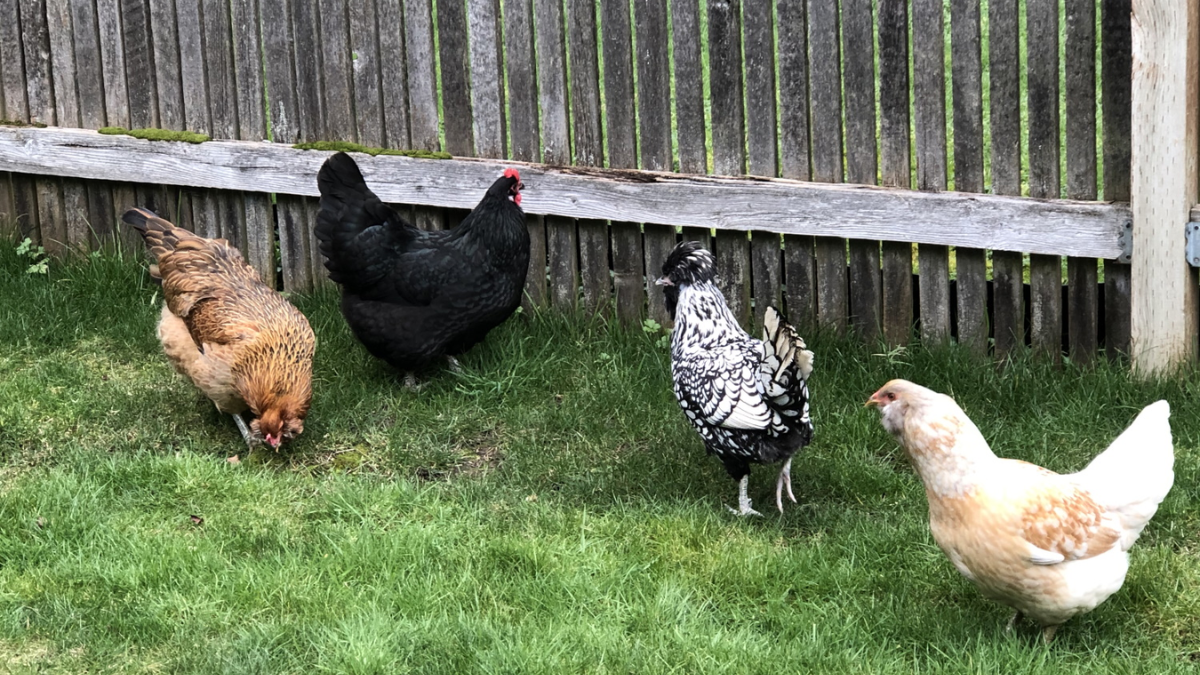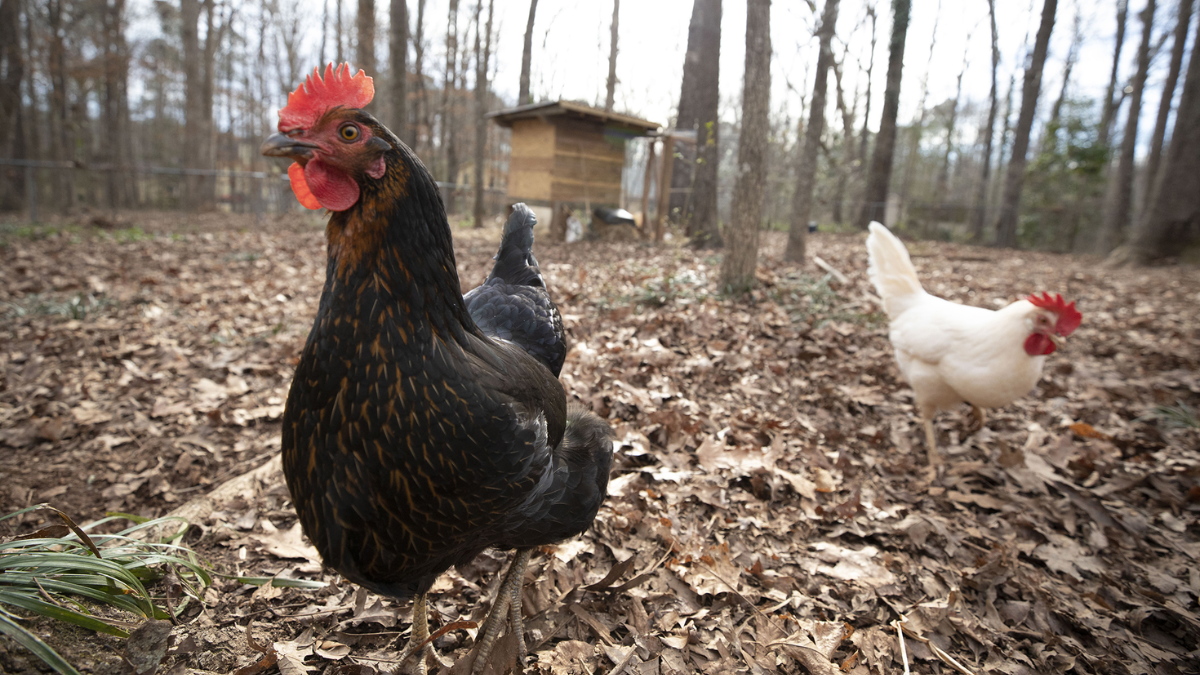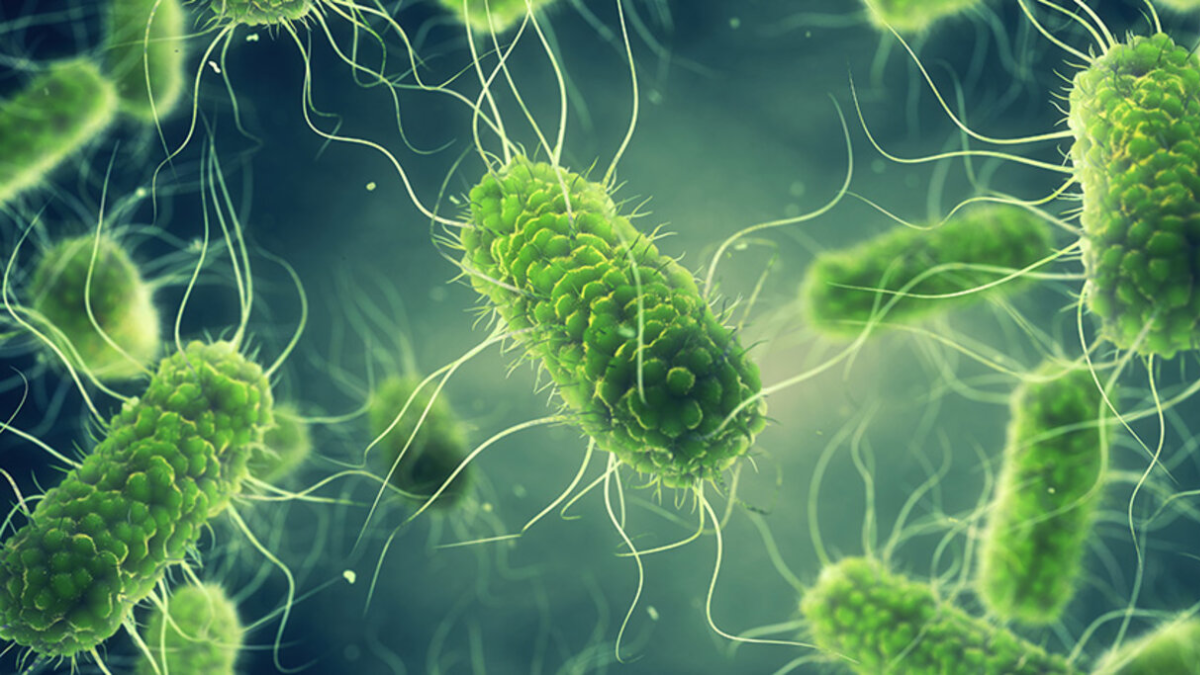
A recent salmonella outbreak has raised public health concerns after seven individuals across six U.S. states were confirmed to be infected, according to the Centers for Disease Control and Prevention (CDC). The agency issued a public alert on Monday, emphasising that the outbreak has been connected to backyard poultry, a growing trend among urban and rural households alike.
Table of Content:-
Outbreak Details and Affected States
The infections were recorded between February and March this year. Missouri reported the highest number of cases, with two individuals falling ill, while one case each was identified in Florida, Illinois, South Dakota, Utah, and Wisconsin. All seven patients were found to have been infected with the same strain of salmonella, pointing to a common source. The CDC notes that this particular strain has previously been linked to hatcheries, reinforcing concerns about the health risks associated with backyard poultry operations.

While the current number of affected individuals remains low, health officials warn that the true number of cases could be higher, as many people recover without medical attention and may not be tested.
Why Backyard Poultry Poses a Risk
Backyard poultry farming has surged in popularity over the last decade, driven by growing interest in sustainable living and organic food production. However, the CDC has flagged this trend as a potential public health issue.
Also Read: Leukaemia Breakthrough: New Test Spots Relapse Before Symptoms, Offering Life-Saving Head Start
Chickens and other poultry can carry Salmonella bacteria in their droppings and on their feathers, beaks, and feet, even if they show no signs of illness. This means that individuals can unknowingly contract the infection through direct contact with these animals or through contaminated surfaces in their environment.
Previous outbreaks tied to backyard birds have been much more severe. In 2023, a multi-state outbreak linked to home-raised poultry resulted in 470 confirmed infections and one fatality across 48 states.

Understanding Salmonella and Its Impact
Salmonella is a bacterial infection that causes approximately 1.35 million illnesses, 26,500 hospitalisations, and 420 deaths annually in the U.S., according to CDC estimates. Symptoms include diarrhoea, fever, and abdominal cramps, typically appearing six hours to six days after infection.
Most people recover without treatment, but young children, older adults, and individuals with weakened immune systems are at greater risk of severe illness or complications.
Also Read: Measles Cases Surge To 683 In Texas, Health Officials Sound Alarm
The current outbreak highlights the need for heightened awareness and stricter hygiene practices among backyard poultry owners, especially as these cases often go underreported or unnoticed until clusters emerge.
CDC’s Preventive Guidelines for Poultry Owners
To help prevent further spread of infection, the CDC has issued a set of hygiene and safety recommendations for individuals who keep backyard birds:

- Hand Hygiene: Always wash hands thoroughly with soap and water immediately after handling birds, their eggs, or any materials they come into contact with.
- Keep Poultry Outside: Avoid bringing chickens or ducks into homes, particularly in kitchens or dining areas where food is prepared or consumed.
- Limit Physical Contact: Refrain from snuggling or kissing poultry, which increases the risk of transferring bacteria.
- Supervise Children: Ensure young children interact safely with backyard flocks and understand the importance of washing hands afterward.
- Clean Equipment Outdoors: Feeders, water containers, and other care equipment should be cleaned outside the home to avoid indoor contamination.
Ongoing Investigation and Public Awareness
The CDC continues to investigate the current outbreak, tracking potential sources and monitoring additional cases. While the agency has not issued a recall or mandated any shutdowns, it urges poultry owners to follow recommended safety protocols diligently.
This latest incident is a stark reminder that while raising poultry at home may offer benefits like fresh eggs and self-sufficiency, it also comes with health responsibilities. Proper care, cleanliness, and awareness are crucial to keeping both humans and animals safe.
As the investigation unfolds, public health officials remain focused on educating the public and reducing risks associated with backyard farming, ensuring that enjoyment of this practice doesn’t come at the cost of personal or community health.
Also watch this video
Read Next
How Channing Tatum Lost 30 Pounds: Chef Aline Fiuza Shares Diet Secrets Behind Dramatic Weight Loss
How we keep this article up to date:
We work with experts and keep a close eye on the latest in health and wellness. Whenever there is a new research or helpful information, we update our articles with accurate and useful advice.
Current Version
